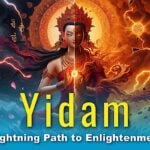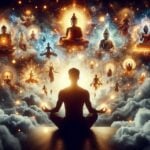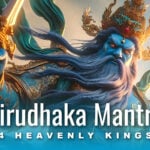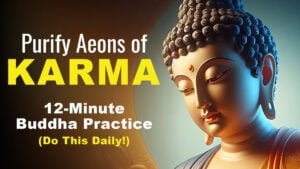Thich Nhat Hanh’s Literary Legacy Celebrated with Charitable Bundle of ebooks: No Mud, No Lotus excerpt
Thich Nhat Hanh’s words, teachings and books have been a comfort and refuge for many Buddhists around the world. The great teacher’s wisdom and compassion live on in his many books. Now, Parallax Press, a non-profit publisher founded by Thich Nhat Hanh in 1986, is celebrating his great legacy with an ebook bundle tribute to the great teacher and peace activist.
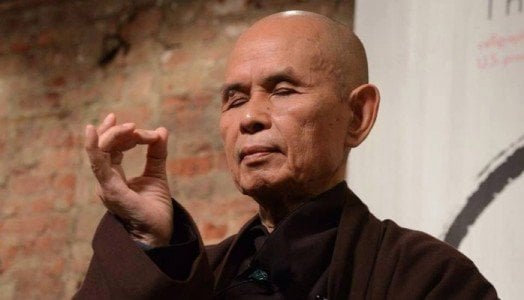
For those few who might not have read the great teacher’s works — are there any of you out there? — we include an excerpt from No Mud, No Lotus below. And, for those of us who need no introduction, just go straight to the Parallax Press had Humble Bundle link here — with availability limited to February 12-March 5, 2022.
Note: Buddha Weekly is not affiliated, we are announcing this out of deep appreciation to the great master Thich Nhat Hanh.
Celebrate the Literary Legacy of Thich Nhat Hanh
Parallax Press launches a limited-time ebook bundle to benefit charity, featuring No Mud, No Lotus; Interbeing; and other popular titles by the Zen master and his disciples. (Not every book in the bundle is by Thich Nhat Hanh).
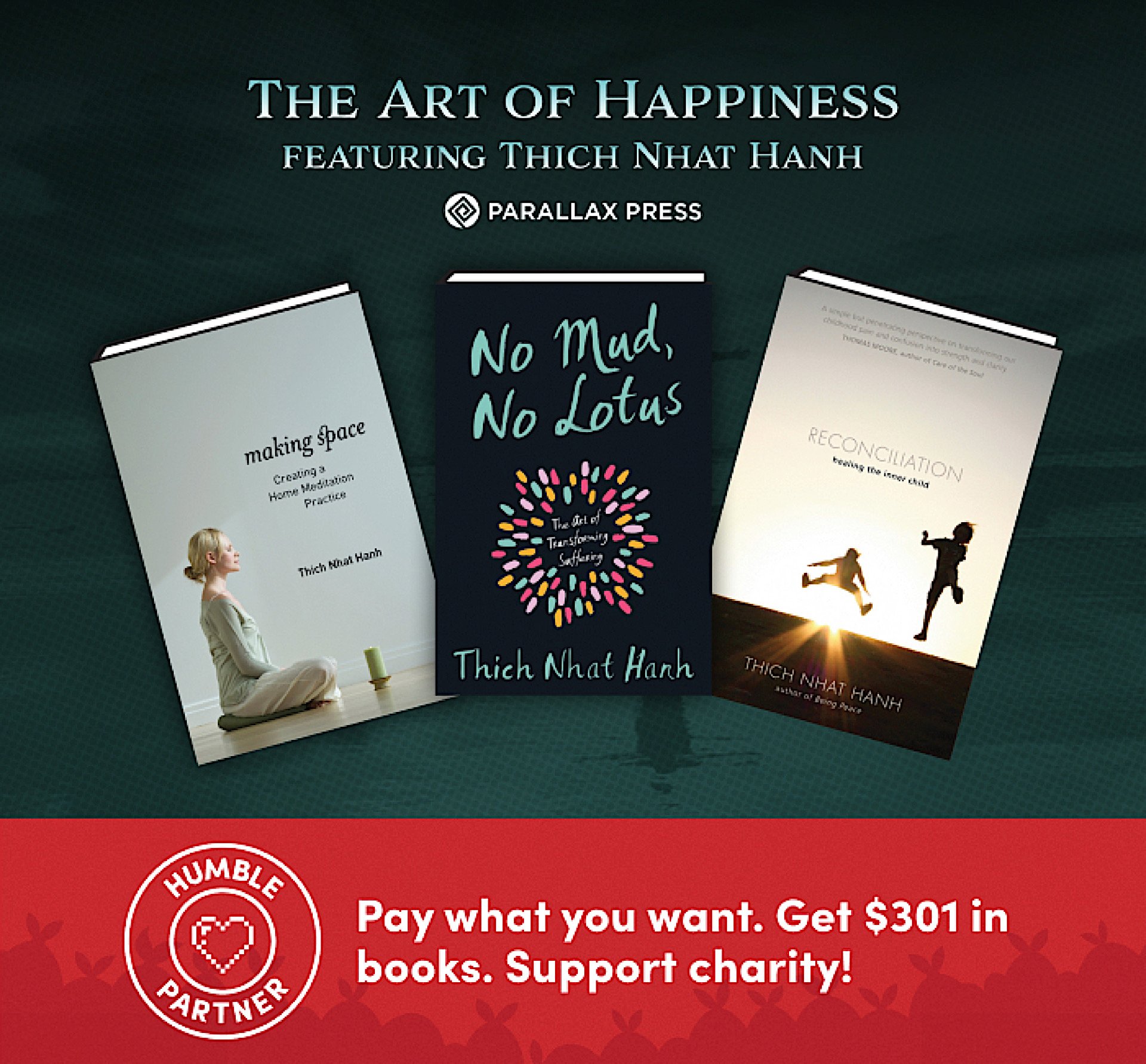
Since the news of Thich Nhat Hanh’s passing, thousands have come together in guided meditation sessions and memorial services to pay tribute to the beloved Zen master and peace activist. Now, Parallax Press—the non-profit publisher founded by Nhat Hanh in 1986—has partnered with Humble Bundle to celebrate his literary legacy through The Art of Happiness, a charitable bundle that supports the Thich Nhat Hanh Foundation and includes Thich Nhat Hanh ebooks like No Mud, No Lotus.

Thich Nhat Han — author of more than 100 books
Thich Nhat Hanh, who passed away peacefully at the age of 95 on January 22, was a spiritual revolutionary who brought Buddhism out of the remote monasteries of the East and introduced it to the wider world. The author of more than 100 books, Nhat Hanh wrote extensively about the principles and everyday applications of Engaged Buddhism in best-sellers like The Miracle of Mindfulness and The Heart of the Buddha’s Teaching. No matter the topic—mindfulness and meditation, social injustice or his own life—Thich Nhat Hanh shared his wisdom freely and with refreshing clarity, empathy, and directness that endeared him to millions.
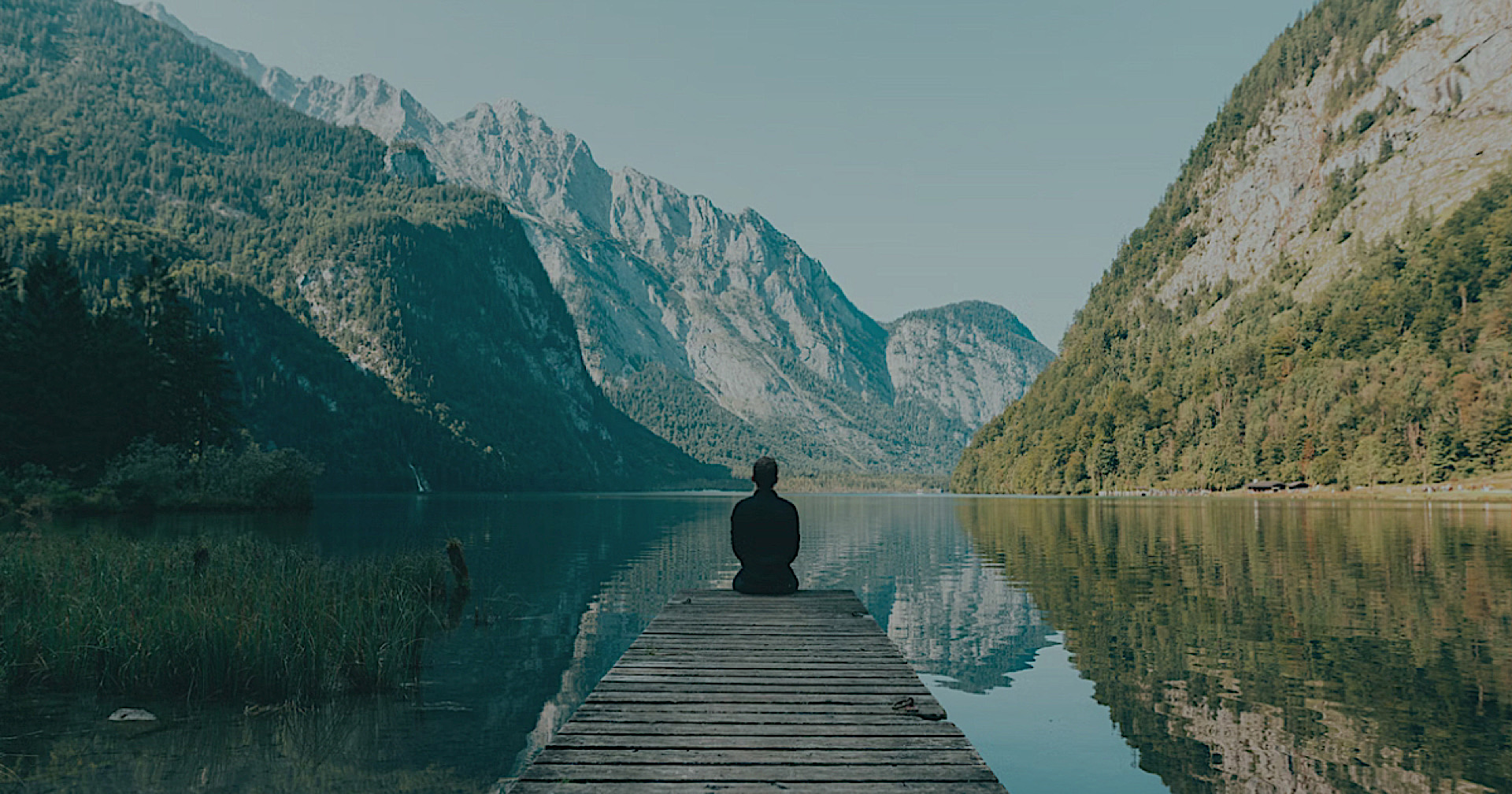
In the wake of his death, Thich Nhat Hanh’s writings on grief and suffering strike a particularly resonant chord. Filled with practical techniques and the Zen master’s signature warmth, No Mud, No Lotus: The Art of Transforming Suffering is a powerful reminder that, through mindfulness and meditation, self-compassion and gratitude, we can find our way through the darkest of times.
Interested in reading more by Thich Nhat Hanh and supporting the Thich Nhat Hanh Foundation? Read an excerpt of No Mud, No Lotus below, and then check out The Art of Happiness ebook bundle from Parallax Press and Humble Bundle, available worldwide from February 12-March 5.
We all want to be happy
We all want to be happy and there are many books and teachers in the world that try to help people be happier. Yet we all continue to suffer.
Therefore, we may think that we’re “doing it wrong.” Somehow we are “failing at happiness.” That isn’t true. Being able to enjoy happiness doesn’t require that we have zero suffering. In fact, the art of happiness is also the art of suffering well. When we learn to acknowledge, embrace, and understand our suffering, we suffer much less. Not only that, but we’re also able to go further and transform our suffering into understanding, compassion, and joy for ourselves and for others.
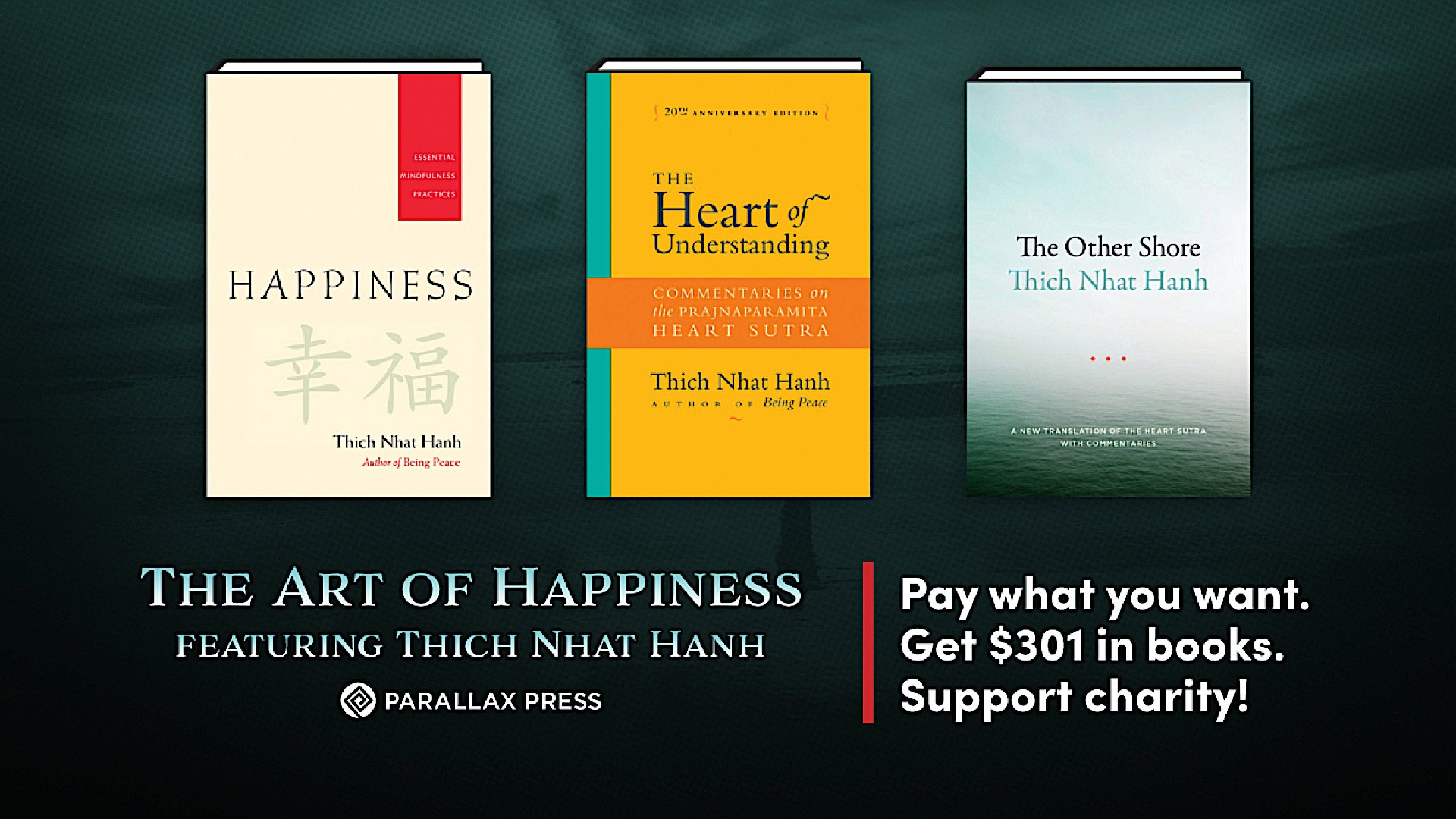
One of the most difficult things for us to accept is that there is no realm where there’s only happiness and there’s no suffering. This doesn’t mean that we should despair. Suffering can be transformed. As soon as we open our mouth to say “suffering,” we know that the opposite of suffering is already there as well. Where there is suffering, there is happiness […]
Suffering and Happiness are Not Separate
When we suffer, we tend to think that suffering is all there is at that moment, and happiness belongs to some other time or place. People often ask, “Why do I have to suffer?” Thinking we should be able to have a life without any suffering is as deluded as thinking we should be able to have a left side without a right side. The same is true of thinking we have a life in which no happiness whatsoever is to be found. If
the left says, “Right, you have to go away. I don’t want you. I only want the left”—that’s nonsense, because then the left would have to stop existing as well. If there’s no right, then there’s no left. Where there is no suffering, there can be no happiness either, and vice versa.
If we can learn to see and skillfully engage with both the presence of happiness and the presence of suffering, we will go in the direction of enjoying life more. Every day we go a little farther in that direction, and eventually, we realize that suffering and happiness are not two separate things.
Cold air can be painful if you aren’t wearing enough warm clothes. But when you’re feeling overheated or you’re walking outside with proper clothing, the bracing sensation of cold air can be a source of feeling joy and aliveness. Suffering isn’t some kind of external, objective source of oppression and pain. There might be things that cause you to suffer, such as loud music or bright lights, which may bring other people joy. There are things that bring you joy that annoy other people. The rainy day that ruins your plans for a picnic is a boon for the farmer whose field is parched.
Happiness is possible right now, today—but happiness cannot be without suffering. Some people think that in order to be happy they must avoid all suffering, and so they are constantly vigilant, constantly worrying. They end up sacrificing all their spontaneity, freedom, and joy. This isn’t correct. If you can recognize and accept your pain without running away from it, you will discover that although pain is there, joy can also be there at the same time
Some say that suffering is only an illusion or that to live wisely we have to “transcend” both suffering and joy. I say the opposite. The way to suffer well and be happy is to stay in touch with what is actually going on; in doing so, you will gain liberating insights into the true nature of suffering and of joy.
No Mud, No Lotus
Both suffering and happiness are of an organic nature, which means they are both transitory, always changing. The flower, when it wilts, becomes the compost. The compost can help grow a flower again. Happiness is also organic and impermanent by nature. It can become suffering and suffering can become happiness again […]
In each of our Plum Village practice centers around the world, we have a lotus pond. We know we need to have mud for lotuses to grow. The mud doesn’t smell so good, but the lotus flower smells very good. If you don’t have mud, the lotus won’t manifest. You can’t grow lotus flowers on marble. Without mud, there can be no lotus.
It is possible of course to get stuck in the “mud” of life. The hardest thing to practice is not allowing yourself to be overwhelmed by despair. When you’re overwhelmed by despair, all you can see is suffering everywhere you look. But we must remember that suffering is a kind of mud that we need in order to generate joy and happiness. Without suffering, there’s no happiness. So we shouldn’t discriminate against the mud. We have to learn how to embrace and cradle our own suffering and the suffering of the world, with a lot of tenderness.
When I lived in Vietnam during the war, it was difficult to see our way through that dark and heavy time. It seemed like the destruction would just go on and on forever. Every day people would ask me if I thought the war would end soon. It was very difficult to answer, because there was no end in sight. But I knew if I said, “I don’t know,” that would only water their seeds of despair. So when people asked me that question, I replied, “Everything is impermanent, even war. It will end some day.” Knowing that, we could continue to work for peace. And indeed the war did end. Now the former mortal enemies are busily trading and touring back and forth, and people throughout the world enjoy practicing our tradition’s teachings on mindfulness and peace.
If you know how to make good use of the mud, you can grow beautiful lotuses. If you know how to make good use of suffering, you can produce happiness. We need some suffering to make happiness possible […]
Meditation Exercise
The essence of meditation practice can be described as transforming suffering into happiness. It’s not a complicated practice, but it requires us to cultivate mindfulness, concentration, and insight. First of all we come home to ourselves, make peace with our suffering, treat it tenderly, and look deeply at the roots of our pain. It requires that we let go of useless, unnecessary sufferings and take a closer look at our idea of happiness; our idea of happiness may be the very cause of our suffering. Finally, it requires that we nourish happiness daily, with acknowledgment, understanding, and compassion for ourselves and for those around us. This is the art of suffering and the art of happiness […]
According to the Buddha, a human being is made of five elements: form (body), feelings, perceptions, mental formations, and consciousness. You are the surveyor, the caretaker, and these elements are your territory. You have to know your own territory, including the elements within you that are at war with each other. In order to bring about harmony, reconciliation, and healing within, you have to understand yourself […]
Begin this practice by looking deeply into your body. Ask, How is my body in this moment? How was it in the past? How will it be in the future?[ […] Look into your body to see whether it is at peace or is suffering. Look at the condition of your lungs, your heart, your intestines, your kidneys, and your liver to see what the real needs of your body are […]
Next, observe your feelings—whether they are pleasant, unpleasant, or neutral. Feelings flow in us like a river, and each feeling is a drop of water in that river. Look into the river of your feelings and see how each feeling came to be. See what has been preventing you from being happy, and do your best to transform those things. Practice touching the wondrous, refreshing, and healing elements that are already in you and in the world. Doing so, you become stronger and better able to love yourself and others.
Then meditate on your perceptions. The Buddha observed, “The person who suffers most in this world is the one who has many wrong perceptions.” Most of our perceptions are erroneous. You see a snake in the dark and you panic, but when you shine a light on it, you see that it is only a rope […] Please write beautifully the sentence, “Are you sure?” on a piece of paper and tape it to your wall. Meditation helps you learn to look with clarity and serenity in order to improve the way you perceive.
Next, observe your mental formations, the ideas and tendencies within you that lead you to speak and act as you do. Practice looking deeply to discover the true nature of your mental formations—how you are influenced by your own individual consciousness and also by the collective consciousness of your family, ancestors, and society. Unwholesome mental formations cause so much disturbance; wholesome mental formations bring about love, happiness, and liberation.
Finally, look at your consciousness. According to Buddhism, consciousness is like a field with every possible seed in it: seeds of love, compassion, joy, and equanimity; seeds of anger, fear, and anxiety; and seeds of mindfulness, concentration, and insight. Consciousness is the storehouse that contains all these seeds, all the possibilities of whatever might arise in your mind. When your mind is not at peace, it may be because of the desires and feelings in your unconscious mind. To live in peace, you have to be aware of your tendencies—your habit energies—so you can exercise some self-control. This is the practice of preventive health care. Look deeply into the nature of your feelings to find their roots, to see which feelings need to be transformed, and nourish those feelings that bring about peace, joy, and well-being […] With each breath, we ease suffering and generate joy. With each step, the flower of insight blooms.
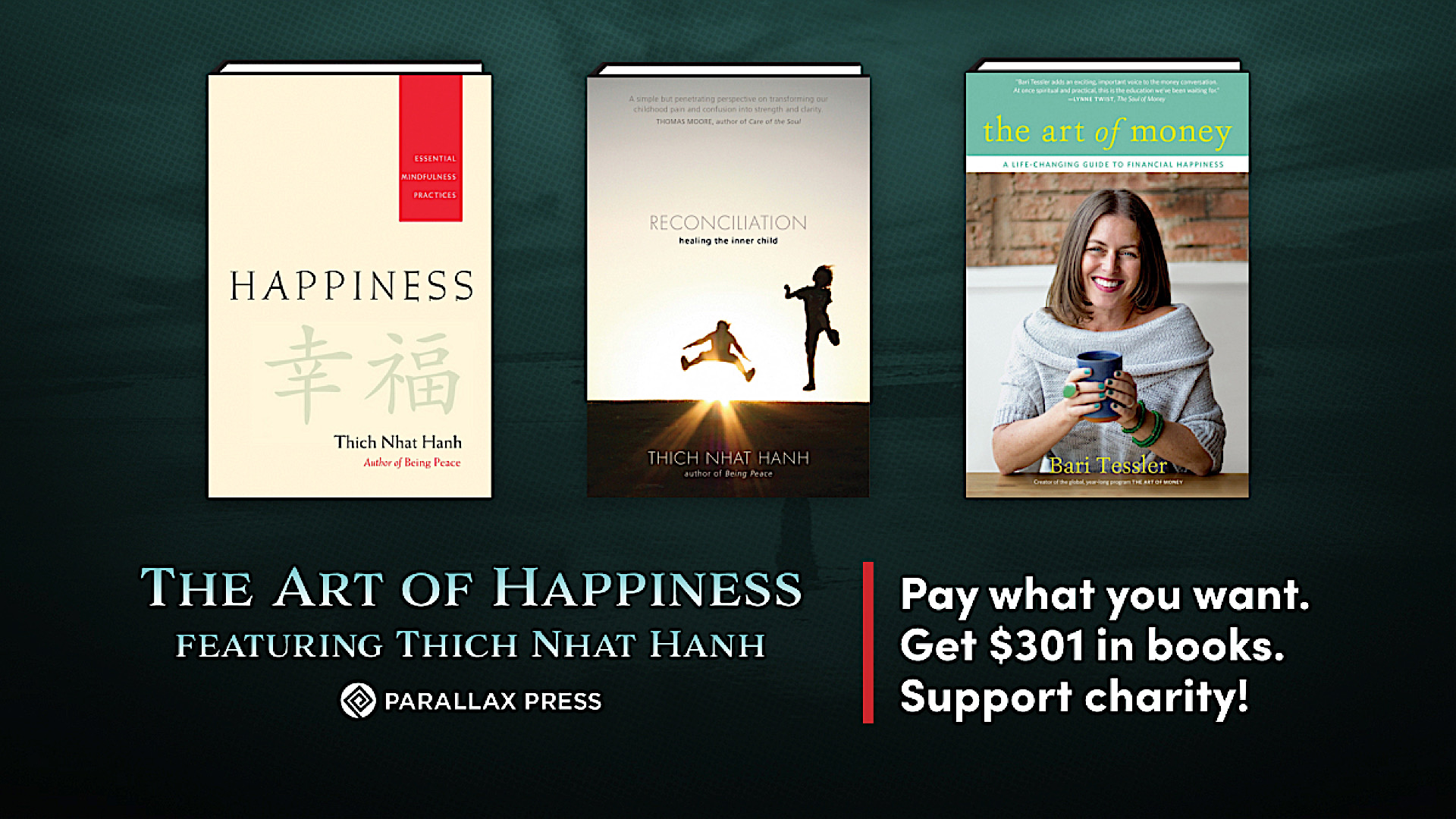
More articles by this author
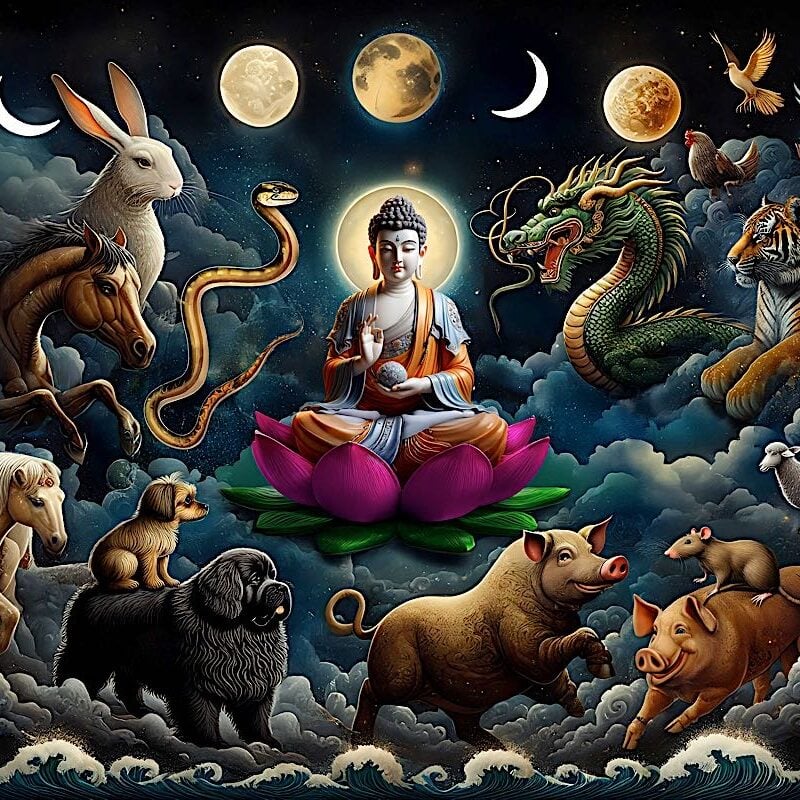
Who is my Enlightened Life Protector Based on Tibetan Animal Sign Zodiac in Buddhism? According to Mewa, Mahayana tradition and Kalachakra-based astrology (with Mantra Videos!)

Bodhidharma, One-Shoed sage: The Towering and Profound Life and Teachings of the Legendary Zen Master and Martial Artist
Search
Latest Features
Please support the "Spread the Dharma" mission as one of our heroic Dharma Supporting Members, or with a one-time donation.
Please Help Support the “Spread the Dharma” Mission!

Be a part of the noble mission as a supporting member or a patron, or a volunteer contributor of content.
The power of Dharma to help sentient beings, in part, lies in ensuring access to Buddha’s precious Dharma — the mission of Buddha Weekly. We can’t do it without you!
A non-profit association since 2007, Buddha Weekly published many feature articles, videos, and, podcasts. Please consider supporting the mission to preserve and “Spread the Dharma." Your support as either a patron or a supporting member helps defray the high costs of producing quality Dharma content. Thank you! Learn more here, or become one of our super karma heroes on Patreon.
Lee Kane
Author | Buddha Weekly
Lee Kane is the editor of Buddha Weekly, since 2007. His main focuses as a writer are mindfulness techniques, meditation, Dharma and Sutra commentaries, Buddhist practices, international perspectives and traditions, Vajrayana, Mahayana, Zen. He also covers various events.
Lee also contributes as a writer to various other online magazines and blogs.




